The Church of Constantinople in the Nineteenth Century
Extraits

Beaux arts
New worlds
10/2012

Non classé
Church, State, and Religious Dissent
04/1993

Religion
Cross and Crown in Barbados
12/1983

Lecture 6-9 ans
L'énigme du sabre. Edition bilingue français-anglais
06/2018

Histoire et Philosophiesophie
The Undergrowth of Science. Delusion, self-deception and human frailty
01/2000

Monographies
Burmese Silver from the Colonial Period
09/2022

Histoire ancienne
THE ROMAN CAVALRY. From the First to the Third Century AD
01/1992
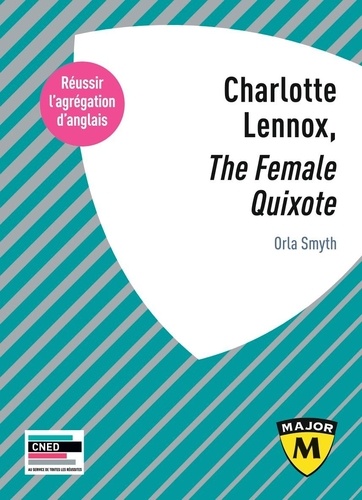
Divers
Charlotte Lennox, "The Female Quixote". Agrégation d'anglais, Edition 2024-2025
11/2023
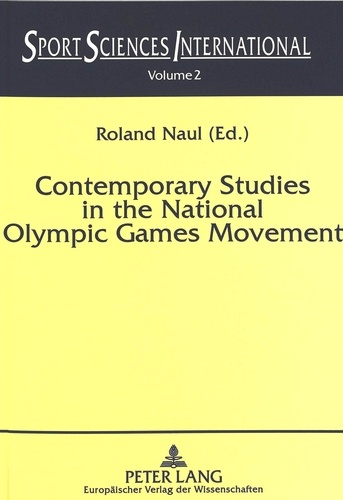
Non classé
Contemporary Studies in the National Olympic Games Movement
10/1997
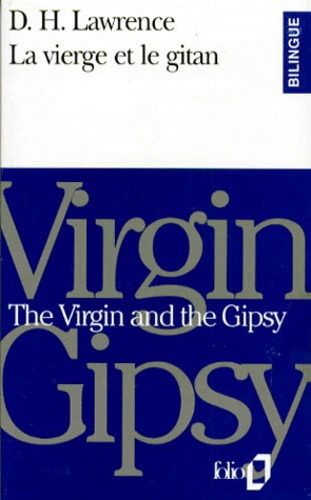
Anglais apprentissage
LA VIERGE ET LE GITAN : THE VIRGIN AND THE GIPSY
02/1993
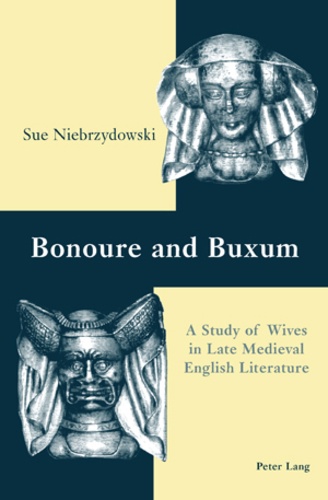
Non classé
Bonoure and Buxum
08/2006
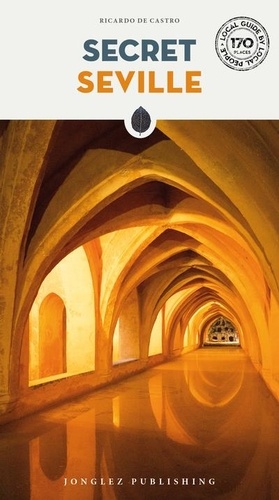
Espagne
Secret Seville
04/2022
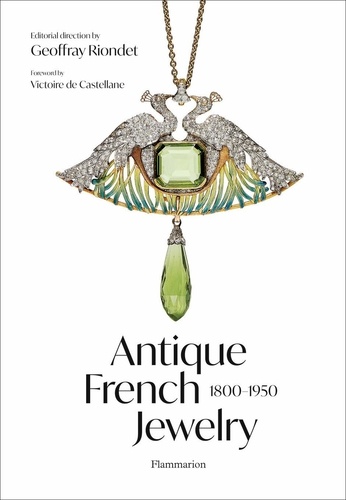
Monographies
Antique French Jewelry : 1800-1950
03/2024

Non classé
Oaths, Vows and Promises in the first Part of the French Prose Lancelot Romance
02/1993
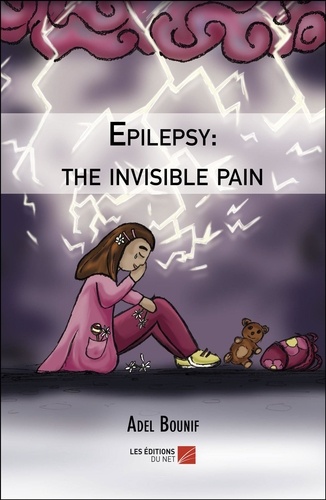
Poésie
Epilepsy: the invisible pain
01/2019
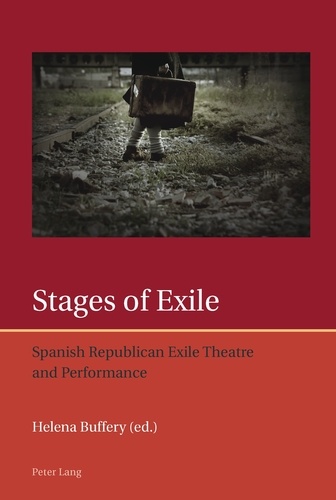
Non classé
Stages of Exile
09/2011
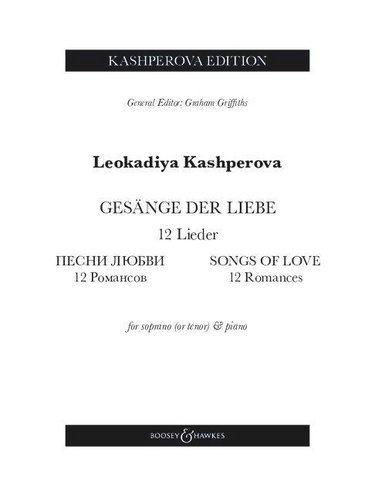
Musique classique
Songs of Love. 12 Romances. 12 Lieder. Soprano (tenor) and piano.
12/2023

Beaux arts
900 Years of St Bartholomew's. The History, Art and Architecture of London's Oldest Parish Church
11/2022

Egypte
Italian Subalterns in Egypt between Emigration and Colonialism (1861-1937). Textes en français et anglais
04/2021
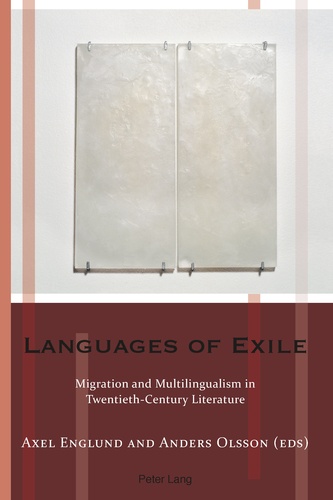
Non classé
Languages of Exile
10/2013

Non classé
Proserpina</I>"
12/2008
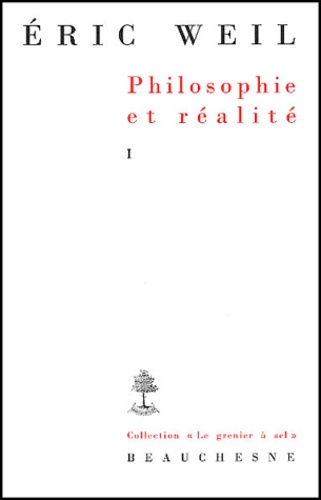
Religion
The Reform of Port Royal
01/1978

Non classé
The Concept of Man in Igbo Myths
11/1999
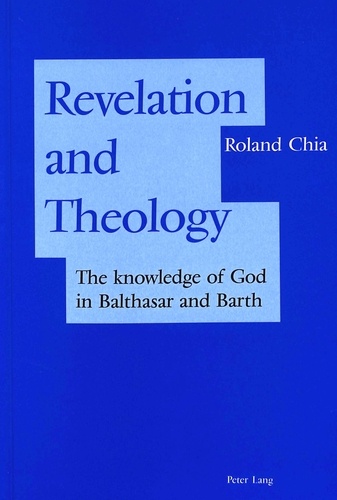
Religion
Revelation and Theology
11/1999
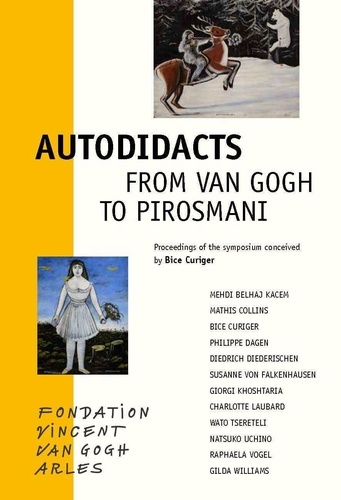
Beaux arts
Autodidacts. From Van Gogh to Pirosmani, 1e édition
01/2021
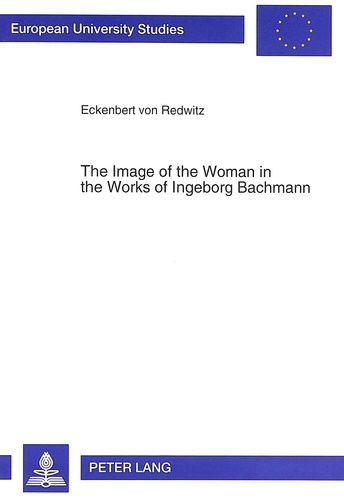
Non classé
The Image of the Woman in the Works of Ingeborg Bachmann
09/1993
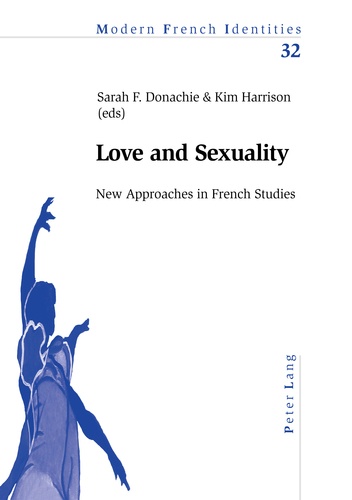
Non classé
Love and Sexuality
07/2005

Littérature française
Les inventeurs. Essai
02/2017

Philosophie
«Phädon», or «On the Immortality of the Soul»
12/2006

Policiers
Goebius' Strange Model
01/2020

